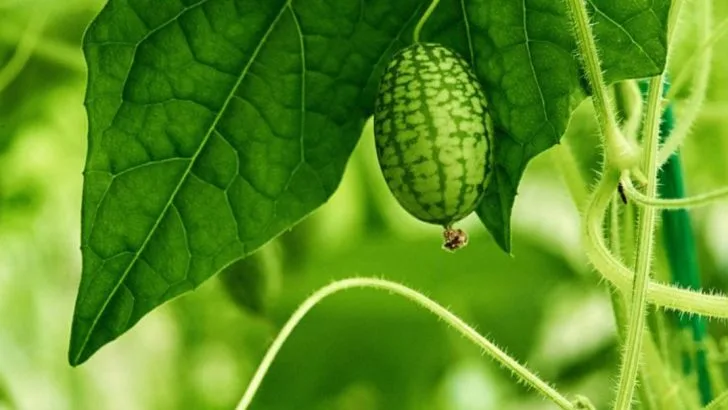Most gardeners rely on trellises or stakes to keep their vines upright, but what if your plants could support each other naturally, weaving a living structure without any extra hardware? Growing companion vines together lets them climb, twist, and lean on one another—creating a self-sustaining green network.
By pairing the right species with complementary growth habits and support styles, you encourage mutual strength, better air circulation, and even improved pest resistance. This method reduces the need for expensive or bulky supports while giving your garden a more organic, wild beauty.
In this article, I’ll share how to select and arrange companion vines that thrive side-by-side, along with tips to get them growing strong and intertwined—no trellis required.
Morning Glory and Sweet Pea
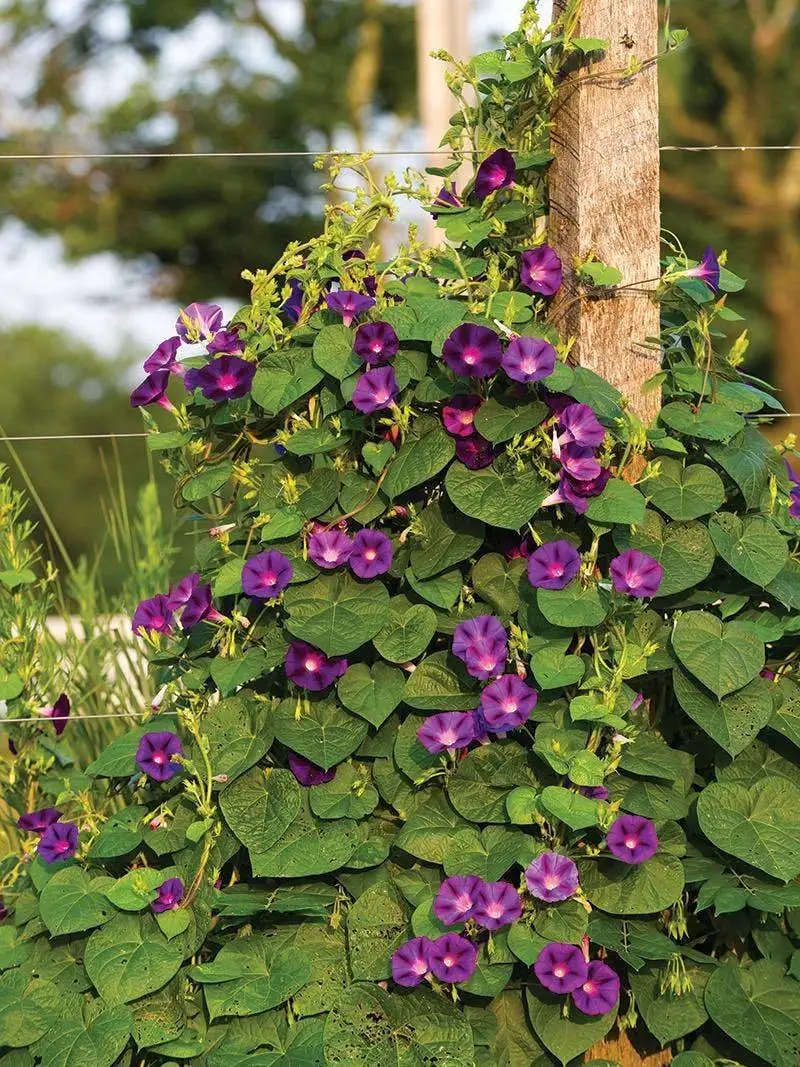
Morning Glory, with its bold morning blooms, pairs wonderfully with the tender climbing Sweet Pea. Together, they form a delightful dance of color and fragrance, creating a captivating visual experience. Morning Glory’s fast-growing nature offers a protective embrace to Sweet Pea, allowing it to flourish without competing for resources. Their intertwined growth not only ensures mutual support but also enhances pest resistance naturally. This duo is perfect for gardeners seeking a low-maintenance yet eye-catching combination. Their gentle partnership creates a floral spectacle that can transform any garden into a sanctuary.
Clematis and Jasmine
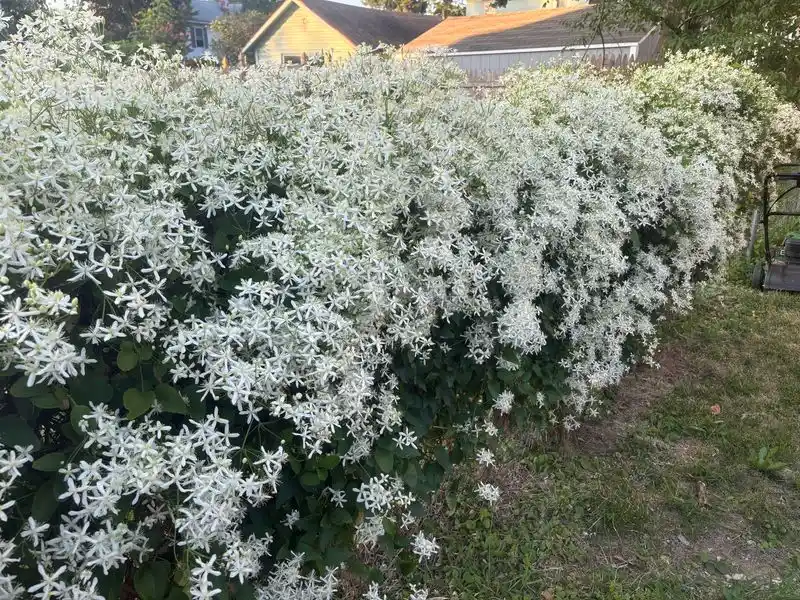
Clematis, the queen of vines, finds a graceful partner in the fragrant Jasmine. Together, they weave a tapestry of starry blooms and enchanting scents that captivate the senses. Clematis offers robust support to Jasmine, allowing it to climb gracefully without the need for external structures. Their combined growth creates a natural curtain that adds a touch of romance to any garden. This pairing is ideal for spaces where aesthetic appeal and aromatic elegance are desired. Their harmonious relationship exemplifies the beauty of nature’s intertwined artistry.
Passionflower and Honeysuckle
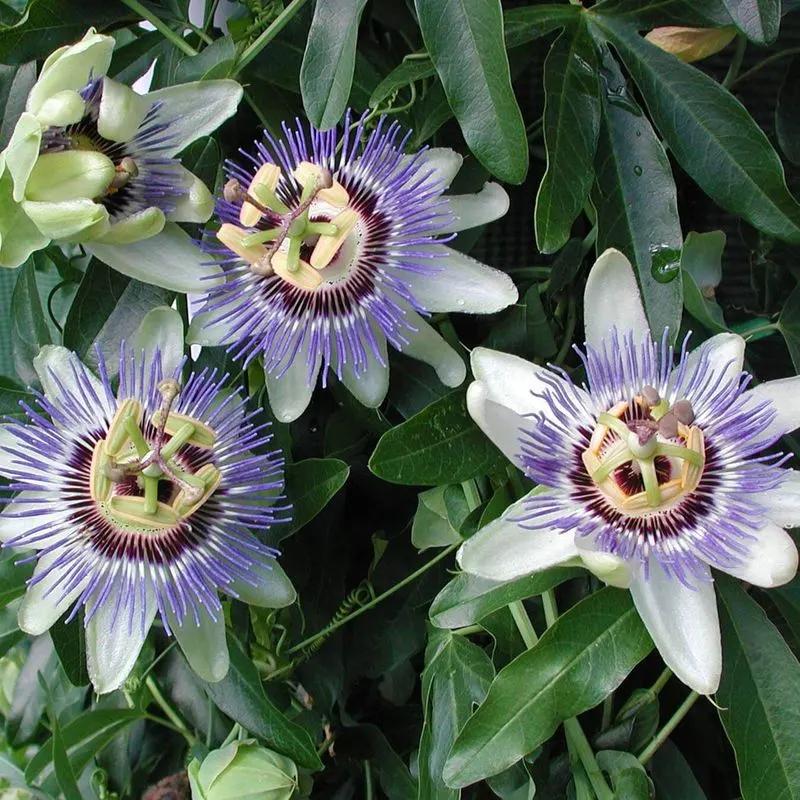
Passionflower’s intricate blooms find a perfect companion in the sweet allure of Honeysuckle. This pairing invites pollinators with its rich nectar and vibrant colors, creating a buzzing hub of activity. Passionflower provides sturdy support, helping Honeysuckle climb effortlessly as they both reach towards the sun. Together, they create an inviting habitat for beneficial insects, enhancing garden vitality. This duo’s symbiotic relationship requires minimal intervention, making it ideal for gardeners who appreciate nature’s self-sustaining designs. Their combined beauty and ecological contributions make them a favorite among wildlife enthusiasts.
Virginia Creeper and Climbing Hydrangea

Virginia Creeper, known for its stunning fall colors, partners effortlessly with the elegant Climbing Hydrangea. Together, they create a dynamic landscape as the Creeper’s vibrant foliage contrasts beautifully with Hydrangea’s delicate blooms. Virginia Creeper’s adaptability allows it to provide a natural anchor for Hydrangea, ensuring stability and balance. This pairing thrives on minimal care, making it suitable for gardeners who prefer a more hands-off approach. Their complementary growth patterns and seasonal appeal transform ordinary spaces into botanical masterpieces.
Trumpet Vine and Wisteria
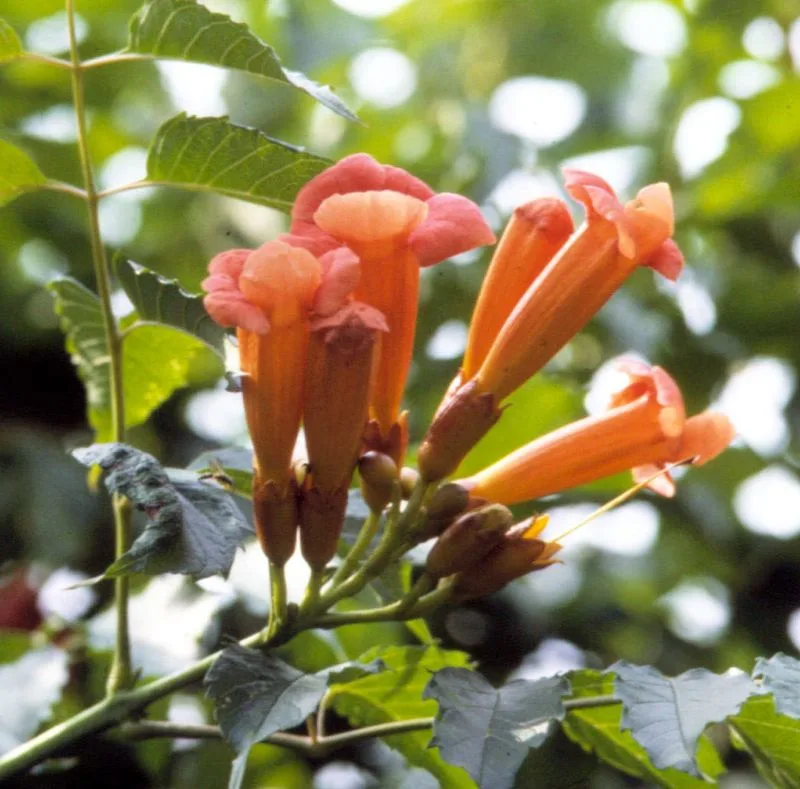
The energetic Trumpet Vine finds harmony with the graceful Wisteria, creating a scene of cascading beauty. Trumpet Vine’s vibrant blooms attract hummingbirds, while Wisteria’s fragrant clusters add elegance. Together, they form a powerful duo that supports each other’s growth without overwhelming. Their combined strength allows them to cover large areas, making them ideal for creating natural screens or canopy effects. This partnership exemplifies nature’s ability to balance boldness with refinement, offering gardeners a spectacular floral display that evolves with the seasons.
Black-eyed Susan Vine and Canary Creeper

Black-eyed Susan Vine, with its sunny demeanor, finds an exciting partner in the playful Canary Creeper. Together, they create a cheerful cascade of yellow and orange blooms that brighten any space. Black-eyed Susan’s sturdy vines offer essential support to Canary Creeper, ensuring their combined growth is both robust and balanced. This duo thrives in sunny locations, requiring little maintenance while providing vibrant color throughout the growing season. Their partnership is a delightful choice for gardeners looking to add a splash of joy to their outdoor spaces.
Cucamelon and Pole Beans
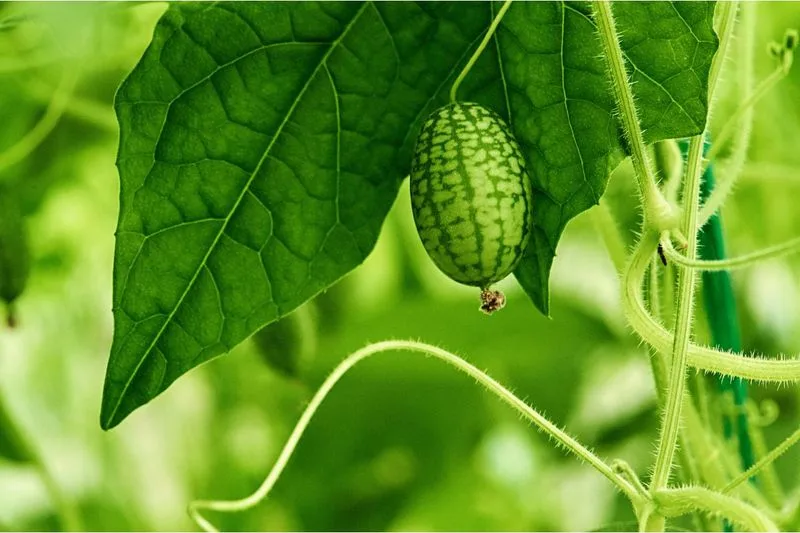
Cucamelon, with its charming, grape-sized fruits, pairs brilliantly with the reliable Pole Beans. Together, they create a productive and visually appealing garden feature. Cucamelon’s climbing habit is perfectly suited to the sturdy support offered by Pole Beans, enabling both to thrive without competition. This combination not only maximizes space but also enhances soil health through nitrogen fixation. Ideal for edible landscapes, their partnership offers both beauty and bounty. Gardeners enjoy a continuous harvest of fresh produce, showcasing the practical side of companion planting.

